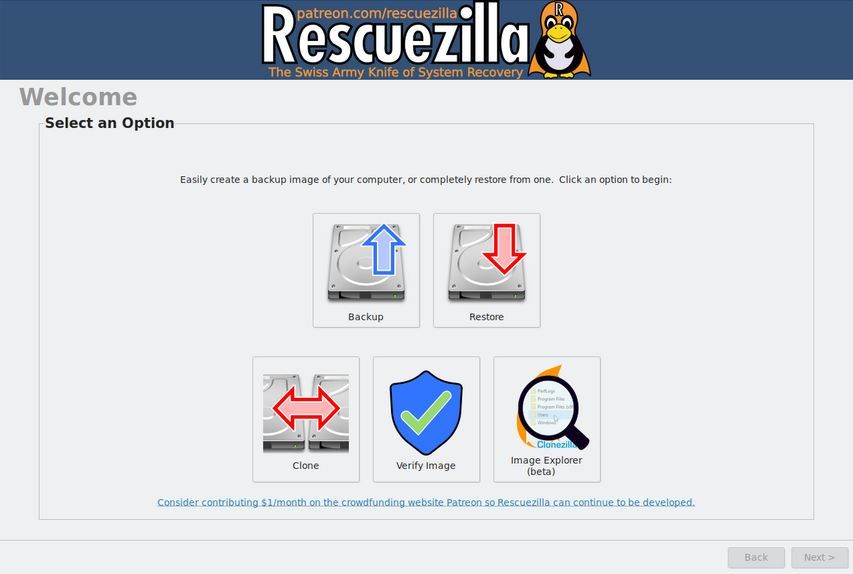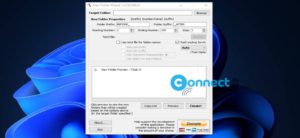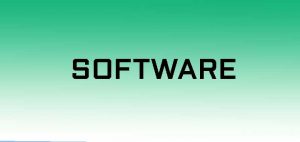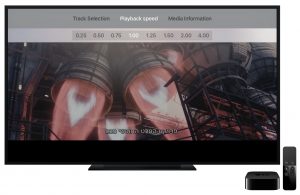Rescuezilla is a free and open source disk cloning and imaging application.More than just a Clonezilla graphical user interface (GUI), Rescuezilla offers some useful functionality and making it a number one disk backup, restoration, and recovery capability application.
One of its primary strengths lies in its compatibility with Clonezilla. This means that not only can Rescuezilla handle backups created by Clonezilla, but backups generated by Rescuezilla can also be restored using Clonezilla feature for users seeking flexibility and interoperability.

Rescuezilla Key Features:
Interoperability: Rescuezilla creates backup images that are fully compatible with Clonezilla.
Wide Format Support: It supports images created by various open-source imaging front ends, including but not limited to Clonezilla. This supports formats such as VirtualBox (VDI), VMWare (VMDK), Hyper-V (VHDx), Qemu (QCOW2), raw (.dd, .img), and more.
Image Explorer: Users can access files within images, including virtual machine images, using the Image Explorer feature.
Advanced Environment Support: Rescuezilla fully supports complex environments such as Linux md RAID, LVM, and scenarios with no partition table (filesystem directly-on-disk).
Cloning Capabilities: It offers cloning functionality, allowing for direct ‘device-to-device’ mode without the necessity for a third drive for temporary storage.
Comprehensive Tools: Rescuezilla offers a plethora of additional tools for tasks like full system backup, bare metal recovery, partition editing, data protection, web browsing, and more.
Extra Utilities: Users benefit from supplementary utilities including tools for hard drive partitioning, factory reset, undeleting files, a web browser for downloading drivers, and a file explorer for copying and editing files, even in scenarios where the system fails to boot.
The process of deploying Rescuezilla is streamlined:
Download the Latest Version: Obtain the latest version of the software from the official project website.
Create Bootable Media: Use USB writer software like balenaEtcher to write the Rescuezilla image to a USB drive. Alternatively, opt for a DVD writer application if a DVD is preferred.
Boot and Launch: Boot your system from the prepared USB drive or optical disc to initiate the Rescuezilla application. Once launched, users are greeted with easy-to-navigate options for creating backups, restoring previous backups, disk cloning, image verification, and leveraging the built-in image explorer.



